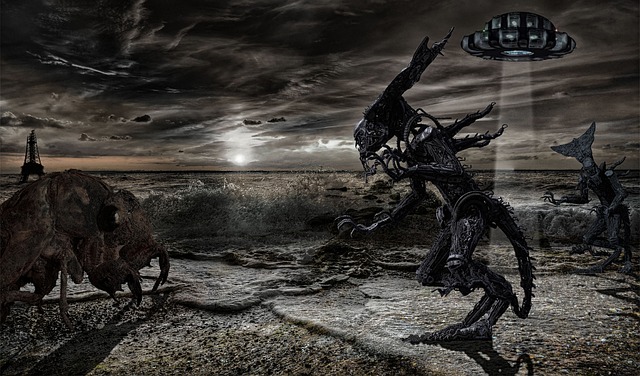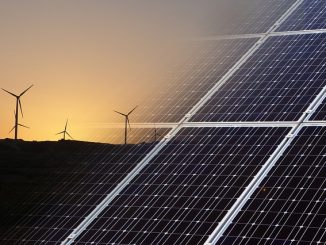
I have already spoken on a number of occasions about the need for utilities to define a course to guide their actions in a coherent way and to federate more easily the internal initiatives. I have thus referred to the need to define a “vision”.
But what is this vision? And what must it not be?
In the case of the future of energy systems, we know that the evolution of these systems is very slow and that in recent years the new technologies impacting this environment are breaking out at an unprecedented pace. We can not, therefore, know the technologies that will prevail in 10, 20 or even 30 years, around 2050, a frequent horizon of current strategies.
In the collective unconscious, a vision looks like the divinatory description of a future environment. This exercise is sometimes relevant. In the case of energy, it looks like depicting a fairly distant future from today’s known technologies and solutions or taking improbable bets. This exercise combines pictorial art and literary art to culminate in a description of science fiction, certainly appealing for many because easy to understand.
The future is likely to be different: new technologies will emerge and prevail. The energy transition is therefore a path and not a step.
But then, what is a vision for a utility? I believe that it is first of all an understanding and a precise description of the needs of each actor, their aspirations and their objectives. It is also a more forward-looking approach to imagine the evolution of regulatory environments by anticipating the issues and policies specific to each country.
These two components constitute the backbone of the course to be followed because utilities will not create value and will not develop their activities successfully, only by responding better and better to the expectations, needs and aspirations of their customers and of the societies in which they operate.
On this basis, they can finally be more descriptive by evaluating the possibilities offered by each technological evolution. No one has an intrinsic need for photovoltaic panels, for an electric car or for a battery, etc. These products only meet the needs of independence, continuity of service, energy competitiveness or sharing.
The vision can not be complete without an assessment of the changing expectations and aspirations of the society and those concerned with energy. Will the need for comfort and continuity of service be stronger than the desire to preserve the environment and the need for independence? Will the will to share take precedence over economic needs or independence? Will cities be deeply reformed in terms of mobility and will they create a collective dynamics around this issue?
The wind of innovation and regulatory evolution that blows on the energy sector opens the field of possibilities. The flow of innovations and changes is too important for regulators to contain it in the medium and long term. It is the entire energy ecosystem that evolves to meet needs that have not always been expressed, repressed for a long time. The utilities should understand them to define progressively their place and their value in this ecosystem. Only one certainty: they will not be able to be everywhere!




Leave a Reply